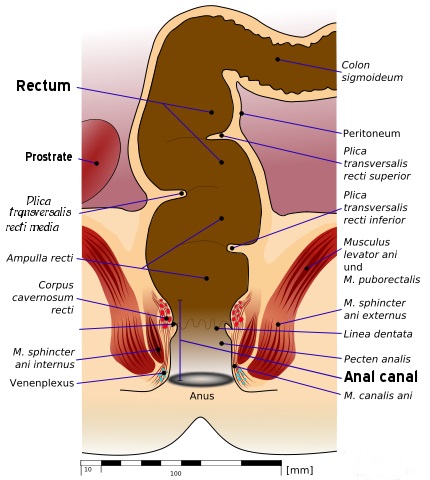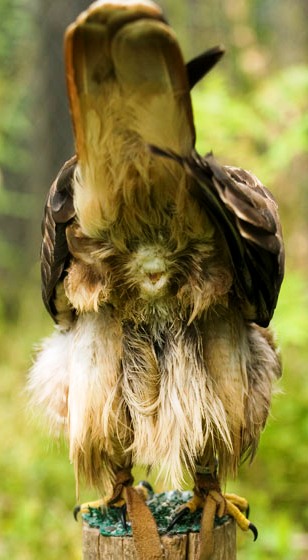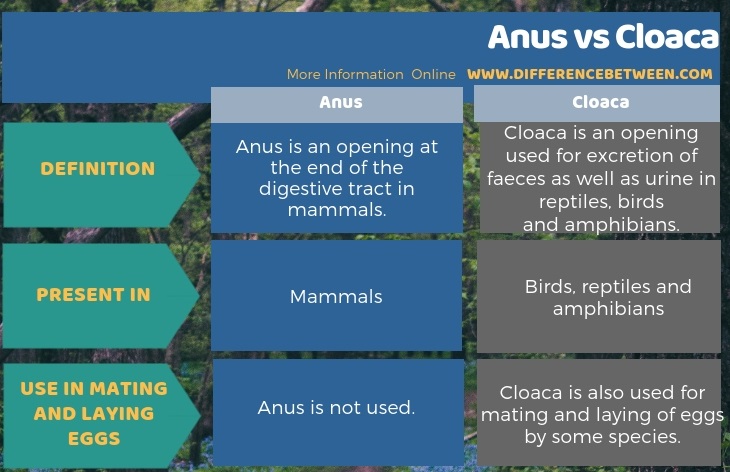Difference Between Anus and Cloaca
Table of Contents
The key difference between anus and cloaca is that the anus is the opening of mammals that they use to excrete waste material from the digestive system while the cloaca is the opening of birds, reptiles and fish that they use to excrete both urine and waste material.
Not many people are aware of the fact that reptiles, birds and fish have a single opening for excretion of waste material as well as urine. However, this is in sharp contrast to mammals (including human beings) that have separate openings for excretion of urine and waste material. Anus is the opening that mammals use for the excretion of waste material. On the other hand, cloaca is the opening that reptiles, birds and fish use for excreting both urine and faeces. We will be discussing more regarding the difference between anus and cloaca in this article.
CONTENTS
1. Overview and Key Difference
2. What is Anus
3. What is Cloaca
4. Similarities Between Anus and Cloaca
5. Side by Side Comparison – Anus vs Cloaca in Tabular Form
6. Summary
What is Anus?
Anus is an opening present at the distal end of the alimentary canal of mammals. It is a passage for undigested waste from the digestive tract to the outside. In simple words, the anus is the opening used by mammals to excrete semi-solid matter that cannot be digested from the body to the outside.

Figure 01: Anus
Furthermore, it was an important part of the evolutionary process that leads to the development of multicellular organisms in sharp contrast to single-celled organisms.
What is Cloaca?
The word cloaca comes from Latin word meaning sewer, and it literally performs a function similar to sewer in vertebrates. It is a common chamber and outlet into which intestinal, urinary and genital tracts open. Cloaca is present in amphibians, reptiles, birds, fish and monotremes. However, cloaca is absent in placental mammals and most of the bony fishes.

Figure 02: Cloaca
Also, there are some species that have within this cloaca an accessory organ (penis) that males use to inject sperms into female cloaca. Especially, this type of structure is present in many birds and reptiles. Birds mate by joining their cloacas in a kiss and muscular contractions transfer sperms from male into female. Thus, it is clear that cloaca functions in both excretions and reproduction. Furthermore, this opening is useful in laying the eggs as well.
What are the Similarities Between Anus and Cloaca?
- Anus and cloaca do the same function.
- Also, both are openings that excrete waste.
What is the Difference Between Anus and Cloaca?
Anus and cloaca perform the same function of excretion of waste. However, they are structurally different and present in different organisms. Anus is the opening that excretes undigested waste from the digestive tract of mammals. On the other hand, cloaca is the opening that excretes urine, faeces and genital tract excretions in reptiles, birds and amphibians. Therefore, this is the major difference between anus and cloaca.

Summary – Anus vs Cloaca
Living organisms have openings in their bodies that they use for excreting unwanted things out from their bodies. Likewise, Anus and cloaca are two such openings. However, structurally they differ from each other. Thus, anus is the distal end opening of the digestive tract of mammals. It excretes only the undigested foods from the digestive tract. On the other hand, cloaca is the common opening of the intestine, genital tract and urinary tract that excretes faeces, urine and genital excretions from the body. Reptiles, birds and amphibians have cloaca instead of anus. This summarizes the difference between anus and cloaca.
Reference:
1.“Cloaca.” Wikipedia, Wikimedia Foundation, 8 Sept. 2018. Available here
Image Courtesy:
1.”Anatomy of human rectum and anus-2″By Armin Kubelbeck (CC BY 3.0) via Commons Wikimedia
2.”Avian cloaca”By Jared Yelton, (Public Domain) via Commons Wikimedia
ncG1vNJzZmivp6x7pbXFn5yrnZ6YsqOx07CcnqZemLyue8OinZ%2Bdopq7pLGMm5ytr5Wau26tza6qZpmemXq3v4yco6iZk5Z8